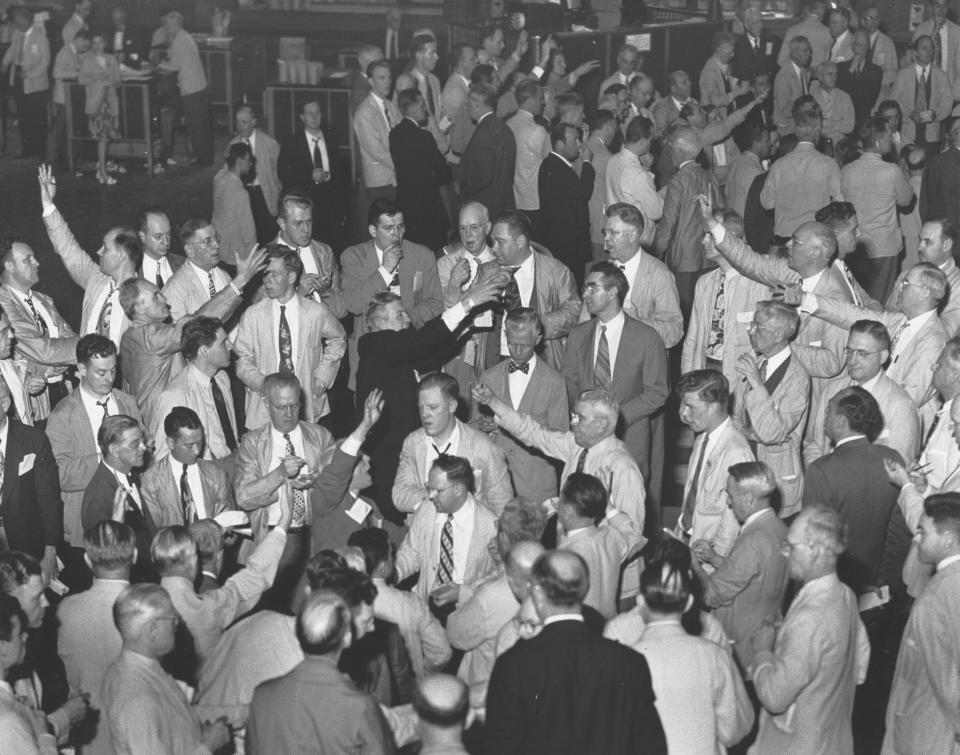Goldman's 5 best ways to invest in this pricey stock market
The stock market continues to trade near all-time highs. Troublingly, market valuations are at levels that historically preceded major downturns.
Goldman Sachs’ David Kostin is among Wall Street stock market strategists who are telling clients to be cautious. He expects the S&P 500 (^GSPC) to decline 1% to 2,400 by the end of the year before climbing just 3% to 2,500 in 2018.

For those looking to go long in this expensive market, Kostin offers five strategies in a new 121-page report.
“Reflation: Stocks with low labor costs will outperform as wage inflation accelerates and squeezes profit margins.” With unemployment falling as the economy grows, the labor market is getting tighter, which puts pressure on wages as companies have to pay up to recruit and retain good workers. Among S&P 500 companies, labor costs currently account for about 11% of revenue, Kostin estimates. Goldman recommends a basket of 49 stocks with low labor costs, which include Netflix, Exxon Mobil, CostCo, Citigroup, Boeing, Apple, and Verizon.
“Growth: High sales growth firms led by Information Technology and the FAAMG stocks with 4x-5x faster sales and 2x margins than S&P 500.” The red-hot FAAMG stocks consist of Facebook, Amazon, Apple, Microsoft, and Alphabet.
“High Investment: ‘Firms of tomorrow’ that have high Growth Investment Ratios equal to 90% of CFO vs. just 18% for the median S&P 500.” These are the companies thinking long term, redirect the bulk of their cash flows from operations back into R&D and growth capex. Goldman recommends a basket of 46 stocks that fit this bill, including General Motors, Wynn Resorts, and Under Armour.
“Value: Stocks with high adjusted free cash flow yield. Firms with high traditional free cash flow yield may be value traps given reduced capex.” Traditional free cash flow takes cash flow from operations and subtracts all capex and R&D. Capex consists of maintenance capex, which keeps operations going, and growth capex, which is about growing business. Goldman recommends adding back growth capex and R&D when calculating free cash flow to better distinguish between good value stocks and bad value traps. Stocks with high adjusted free cash flow include Ford, Kohl’s, and Gilead Sciences.
“Returning cash to shareholders: Following CCAR, Banks will return 40% more capital to shareholders (buybacks +57%, dividends +20%).” CCAR is short for Comprehensive Capital Analysis and Review, which is the Fed’s bank stress tests. The Fed has given green lights to the biggest US banks to shovel cash back to shareholders in the forms of stock buybacks and cash dividends. These banks include Bank of America, JPMorgan, Wells Fargo, Morgan Stanley, and U.S. Bancorp.
–
Sam Ro is managing editor at Yahoo Finance.
Read more: